Year of Mutual Aid Projects
ERIC GOH AREENA ANG DIPALI GUPTA IZAT ARIF TAN ZI HAO HOO FAN CHON

A
CURATOR
Eric Goh
ARTISTS
Areena Ang
Dipali Gupta
Izat Arif
Tan Zi Hao
Hoo Fan Chon
PHOTOGRAPHY & IMAGES
Dipali Gupta
Hoo Fan Chon
Husaini Mustapha
Izat Arif
Kenta Chai
Sarah Husna Jindan, Warna Works
Tan Zi Hao
The Back Room KL
GRAPHIC DESIGNER
Kenta.Works
PUBLISHER
Mutual Aid Projects
© Mutual Aid Projects 2022. Reproduction without permission is prohibited.
INTRODUCTION
Curating in an Age of Disaster
2
Eric Goh THINKING ABOUT 8 Areena Ang 18 Dipali Gupta 26 Izat Arif 34 Tan Zi Hao 44 Hoo Fan Chon 52 BIOGRAPHIES
Curating in an Age of Disaster
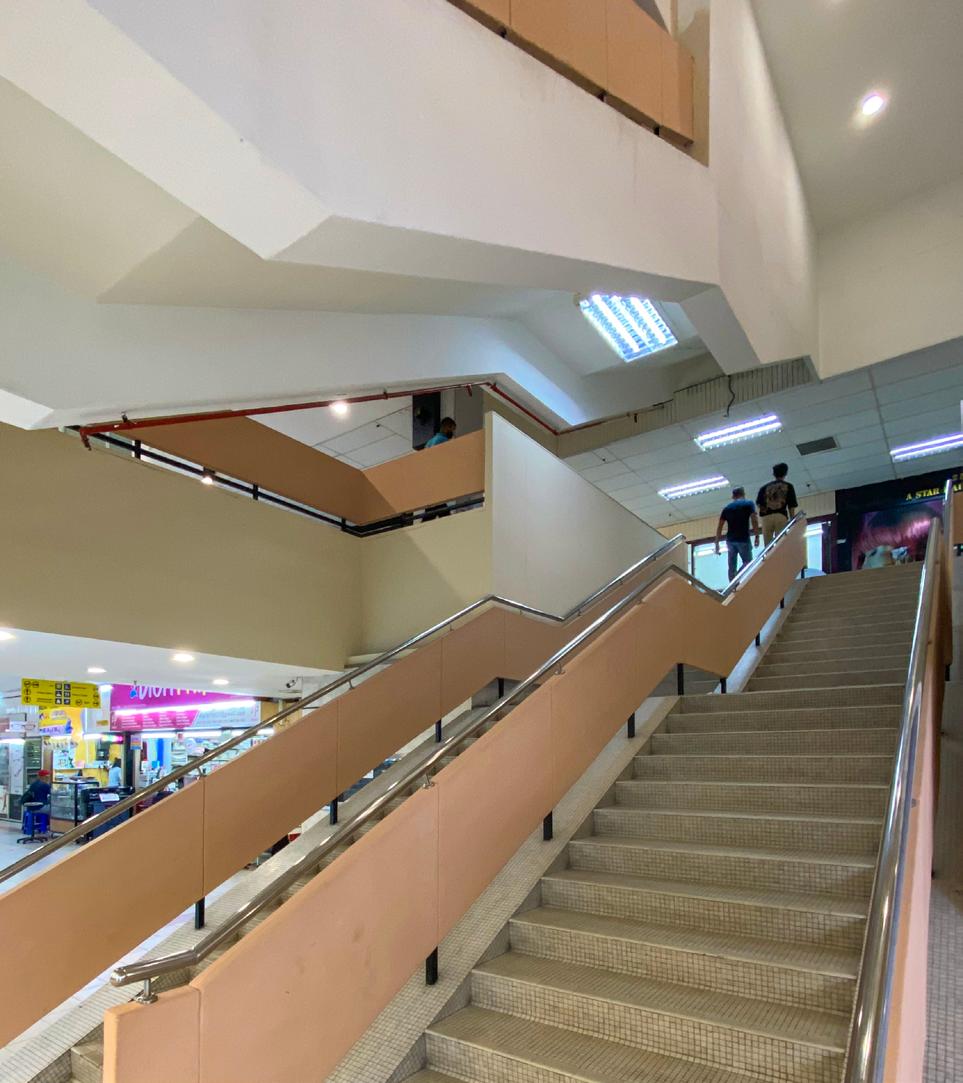
2
Like many socially conscious curatorial projects, Mutual Aid Projects began with grand ambitions to widen the stakeholders of the art world, break down class lines, and build friendship in a community plagued with hostility and distrust. With hindsight, I realize it began with a far more modest and selfish premise: I simply needed support to maintain my curatorial practice during the pandemic. Upon my return to Kuala Lumpur from New York in early 2020, I found isolation at home unbearable and unproductive.
While there were certainly those who had no qualms about working independently during the pandemic, I was eager to create an environment in which myself and select artists could encourage each other to keep working, thinking, and creating critically. I invited Areena Ang, Dipali Gupta, Izat Arif, Tan Zi Hao, Hoo Fan Chon, and Stephanie Burt to explore the politics of friendship together. I also provided them with some financial and material assistance to make works. Unfortunately, I was unable to follow through on the exhibition with Stephanie, who was based in Singapore, due to travel restrictions. Keen to examine how far myself and the respective artists could bond with and inspire each other through a series of intense and openended interactions, I rented a physical space at Wisma Central, an old shopping complex in the center of Kuala Lumpur, for us to meet and realize our ideas. The gallery had a floor space of 200 square feet. Because of spatial constraints, I curated only solo exhibitions and worked closely with the artists one at a time. For each person, our communication took place as much virtually as physically, as intensely before as during the exhibition. Areena exhibited first and had to return to London immediately after. Gradually, I introduced the rest of the artists to one another if they had not already known each
3Curating in an Age of Disaster
other and organized casual gatherings where we discussed anything and everything.
It may be said that the project embraced a narrow understanding of mutual aid. I do not disagree with that. It would be grossly delusional to claim that the project benefited the lives of my neighbors in any tangible way. While it gave me and the invited artists some sense of purpose during the pandemic, its implications hardly extended beyond the confines of the project space. Any engagement with the shopkeepers in the building was a serendipitous byproduct of my collaboration with the artists. Over time, I learnt to coexist quietly but meaningfully with my neighbors. Whenever possible, I tried to source materials for an exhibition from them. I also frequented their shops during lunch and tea breaks. While our exhibitions piqued the curiosity of some neighbors, many expressed hesitations to enter the gallery. Some observed the shows discretely from outside the space. Perhaps, they weren’t intimidated so much as they simply did not care enough about what went on inside the gallery, which begs the question: why do those of us in this field hold so much optimism for its transformative possibilities?
Undoubtedly, changes in political, economic, and technological conditions shape the resources, means, and approaches available to make and discuss art. Life touches art extensively, but the reverse proves uneasy to justify. Putting financial and material assistance aside, mutual aid also involves the psychological assurance that we provide one another in times
4
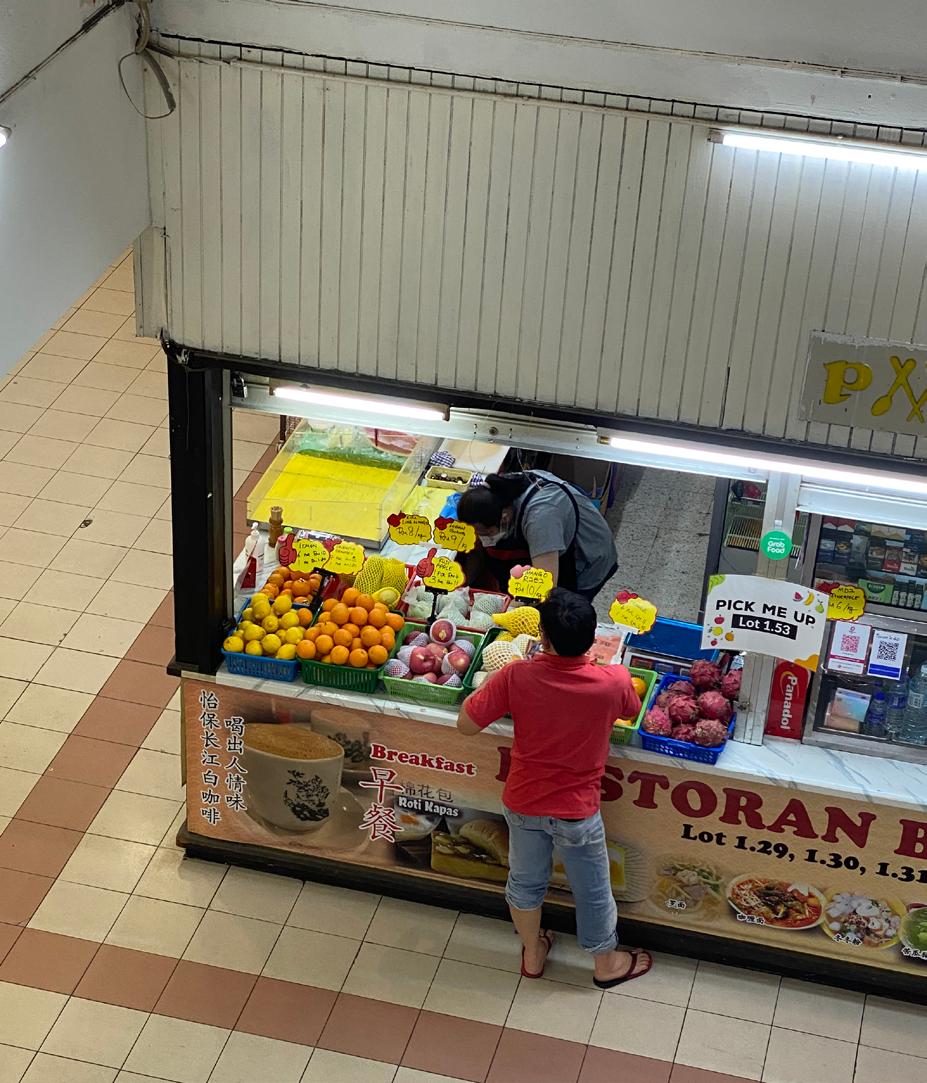
5Curating in an Age of Disaster
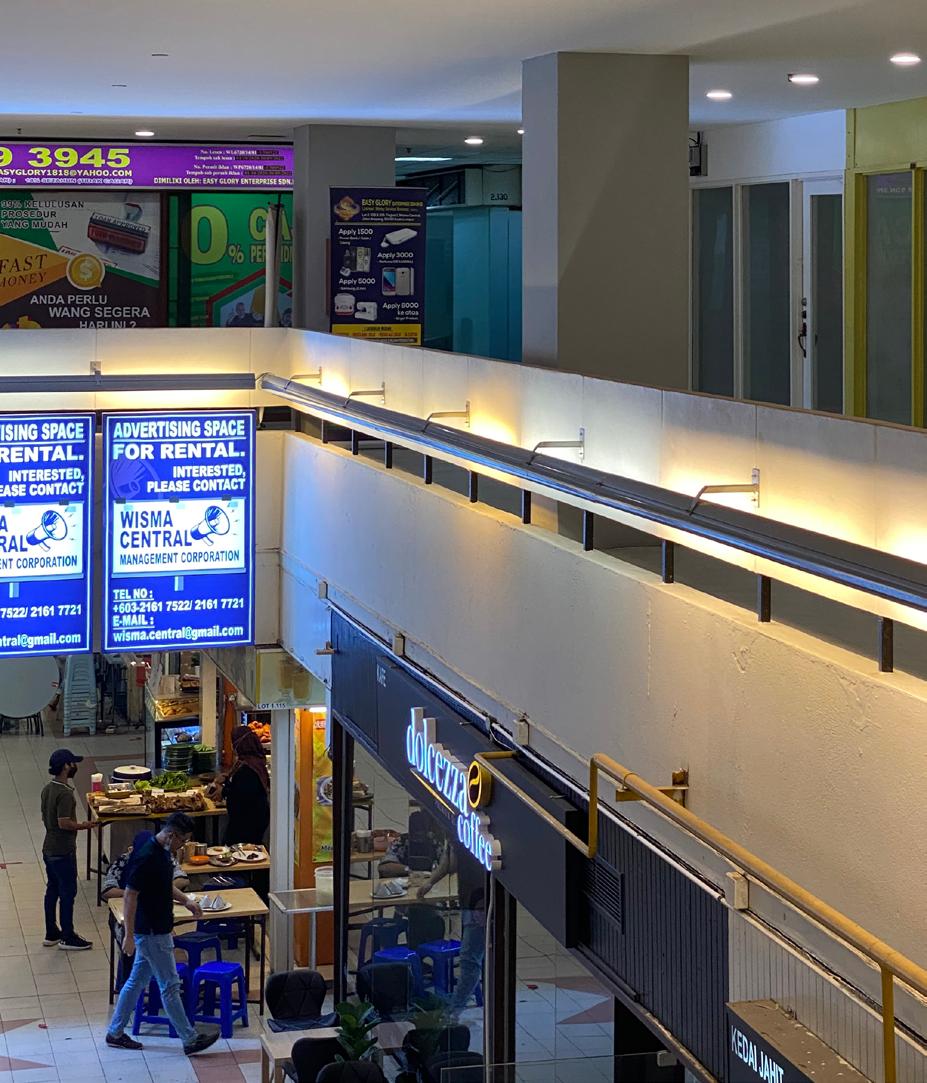
6
of uncertainty and self-doubt. We affirm and remind each other that art is important and socially transformative because it is at the core of our work, which is central to our identity. We want to know we matter. Nonetheless, providing psychological assurance as a form of mutual aid is not merely a deceitful act. It gives us the stamina to confront the issue of what art can really do for us, personally and socially. Throughout each show, the exhibiting artist and myself eagerly welcomed each visitor and spoke to them sometimes for hours. While conversations revolved around the exhibits, the latter also served as cues to lead the former astray in productive and delightful ways. Once having served their purpose of bringing people together and drawing them out, the exhibits receded into the background. Those are the moments that I cherish the most: when artworks inspired unexpected lines of thought. Great conversations animate us. Indeed, art is transformative in as much as it gives rise to them.
I saw my lack of familiarity with the invited artists as an opportunity to navigate different forms of intimacy. It challenged me to relate to them in their own terms. I encouraged the artists to experiment as they wished to the best of my ability and within certain financial means. In the anecdotes that follow, I recount noteworthy moments that characterized our collaborations. In doing so, I reflect on what I have learnt and gained from my sustained interactions with each artist.
7Curating in an Age of Disaster

August 8 – September 12, 2020 AREENA ANG 8
Play

Foul
9
Areena (who goes by they/them pronouns) and I fought a lot. This is especially funny given that we were also working on a show about wrestling. Their murals and drawings highlight the different ways that one party tries to gain unfair advantage over the other. A closer glance at their works reveals the difficulty of making a distinction between good and evil, perpetrator and victim. Bodies become entangled to the point that they are inseparable. Between the two of us, we struggled to communicate with each other without upsetting the other party. I had just rented a space and was rushing to renovate it in time for their show. Having to oversee the renovation, broker the sale of their works, and manage their expectations all at once proved challenging. We had a month to pull this off before their looming return to London. This was going to be their first solo exhibition. A lot was at stake for them too. We are both strong-headed and fiery. I discovered later, after perusing horoscope sites, that our stars are misaligned. Contact between a Scorpio (them) and an Aquarius (me) can be explosive. Indeed, I learnt this first-hand. Our friendship began much earlier. We attended the same high school and, once, performed a musical together. Many years later we worked as interns at OUR ArtProjects, a gallery in KL. Our interactions could hardly be described as respectful and amiable even as newly reacquainted strangers. We were caught up in all sorts of spiteful dramas involving not just the two of us, but other girls, an American and a Singaporean, who were interning in the city for the summer. All four of us met regularly, though we were a tempestuous and unhappy bunch. Our collective friendship was brief, but potent enough to have scarred me for life.
10

11Areena Ang

12

13Areena Ang

14
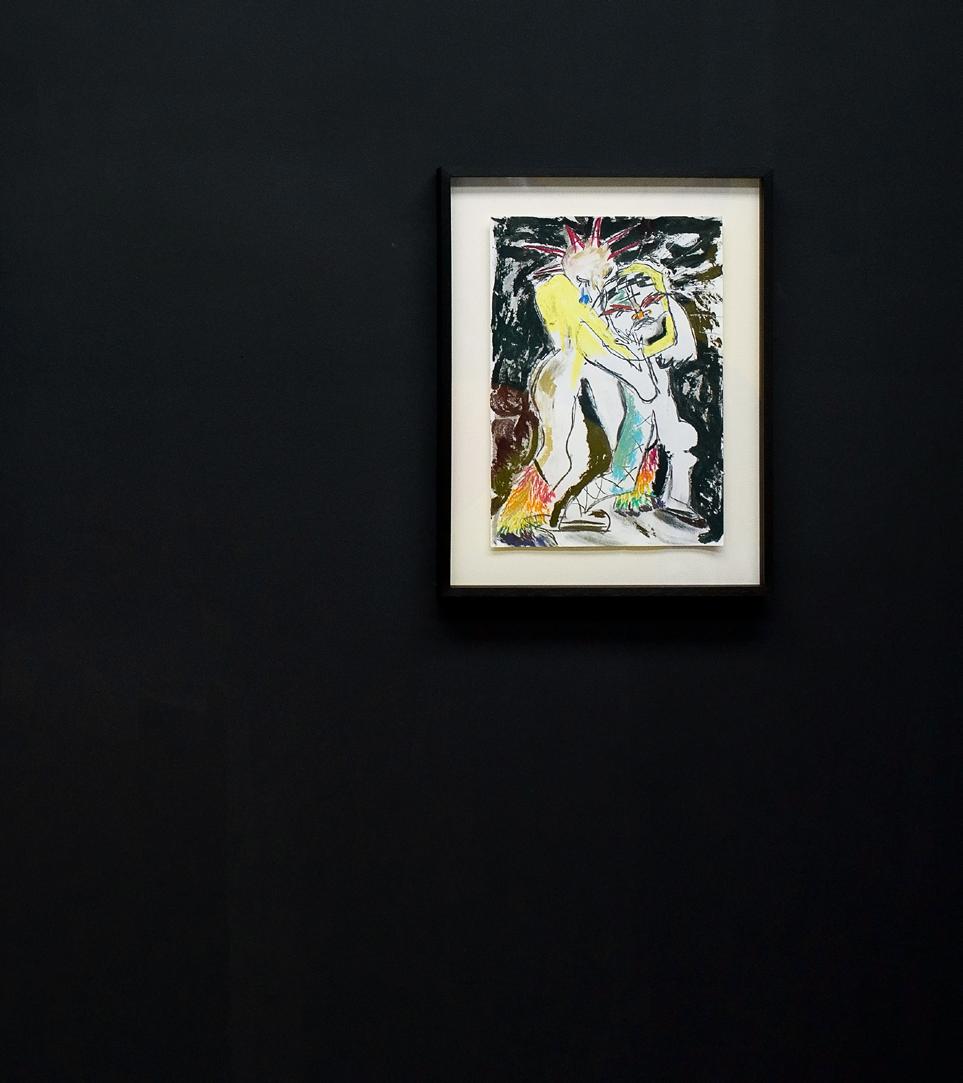
15Areena Ang
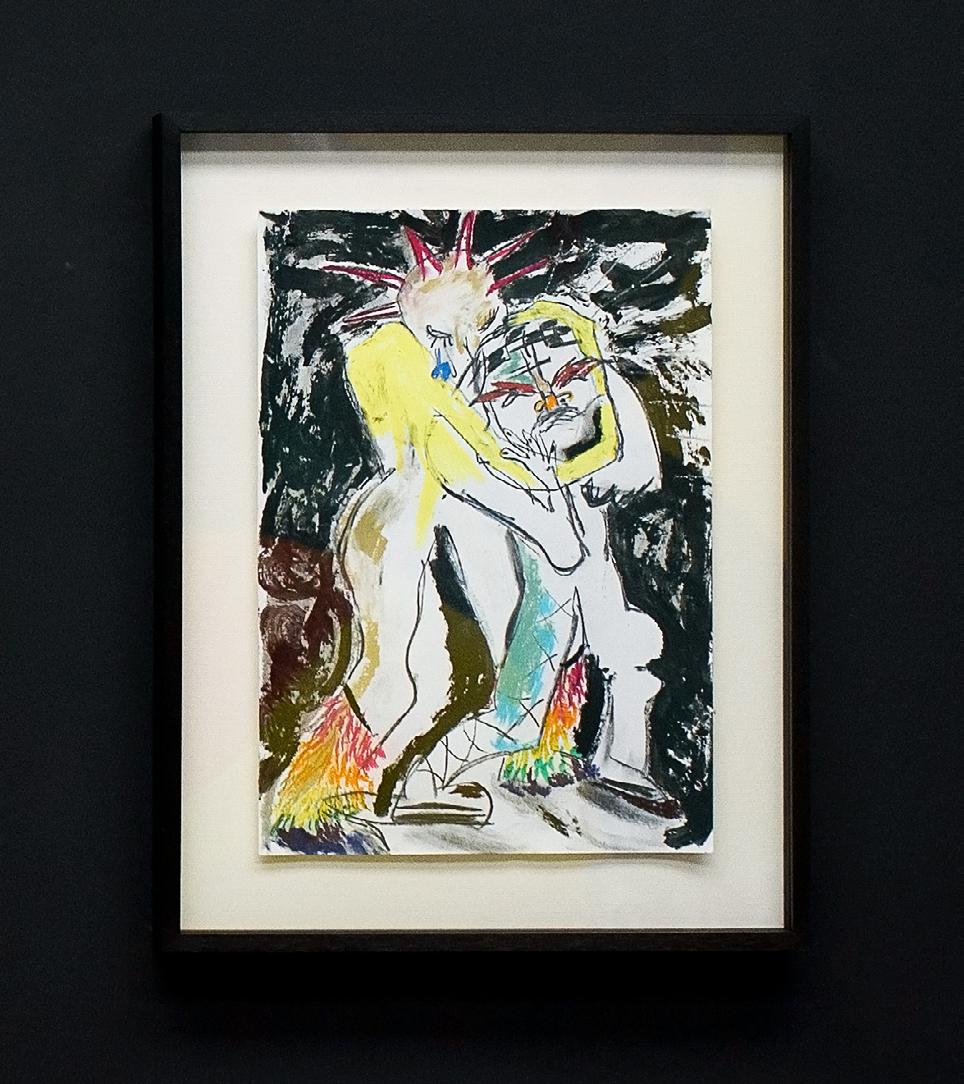
16
Naturally, Areena would be an ideal candidate for a project on the politics of friendship. Struck by a perverse desire, I actively sought to work with someone with whom I’ve shared a troubled history. Why did we stay friends despite our past misgivings? How were we going to navigate our disagreements with so much at stake for us professionally? What would a successful collaboration look and feel like? Might this be our first and final collaboration together? Many questions remain unanswered and unresolved since they had to leave the country just before their show opened. Nonetheless, we shared many moments of joy and good humor. My experience with them laid the conceptual blueprint for the project. While it taught me the virtues of patience and humility, I quickly realized it would be unwise to work at this level of intensity with four to five other individuals for the rest of the year. Age, gender, and class seemed to be the biggest factors shaping the nature of our interactions. Consequently, I sought out artists with distinct combinations of the three factors. Most importantly, I needed to ensure I had more than enough time with other collaborators to smooth over any potential conflicts.
17Areena Ang

UncertainOctober 10 – November 7, 2020 DIPALI GUPTA 18
Uncertain Relaxation
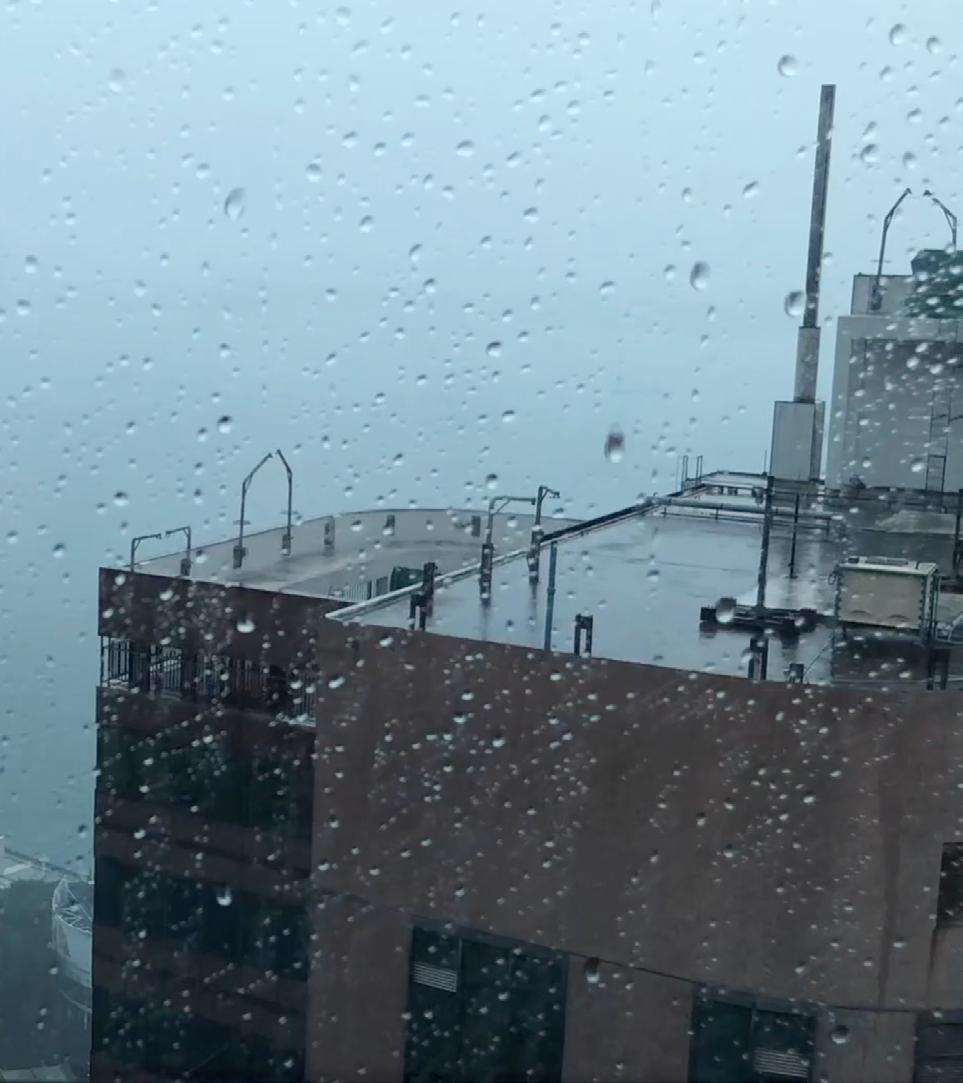
19

20
Uncertainty fuels anxiety. Neither is possible to eliminate. We invited Dipali’s personal hypnotherapist, Joyce, to create a work about coping with anxiety. Dipali created a video installation that consisted of film footage of her travels before the pandemic. Joyce lent her soothing but firm voice to the video, guiding the audience through stages of relaxation. With the help of Joyce, Dipali’s work induces discomfort in a safe and calm environment to encourage us to feel composed, refreshed even, during uncertain times. Sure, psychiatry has its problems. It bends us to the rhythm of capitalism while leaving the system untouched. But instead of offering a one-sided critique of psychiatry, Dipali invites her personal therapist as a collaborator to probe the fault lines of psychiatric discourse.
Dipali is twenty years my senior. Being the younger of the two, I found myself sometimes demanding and rude towards Dipali in ways that I accused Areena of having behaved towards me. I can’t recall the particulars of how I slighted Dipali. Either I disregarded her ideas and doubts or raised my voice at her when we experimented with ways to install her work. My memory is fuzzy, though I remember calling her one evening to ask why she’d been distant, during which she confessed that she was upset with me. There were times when I bulldozed my way through our discussion. Ironically, the show was supposed to examine the heightened power imbalance that women, trapped at home, endured during the pandemic.
21Dipali Gupta

22
Nonetheless, Dipali remains one of my closest friends in KL. I first saw her work at her graduation show at LASALLE College of the Arts in Singapore. Later, a mutual friend introduced us to each other after she moved to KL with her husband and daughter. I often met Dipali at her place. We talked about everything. Nothing was off limits. From her I’ve learnt that life has its own ways of humbling us. Energy is precious. We have less of it as we get older. Resistance takes as much out of us as cooperation. Friends help each other work through their flaws.
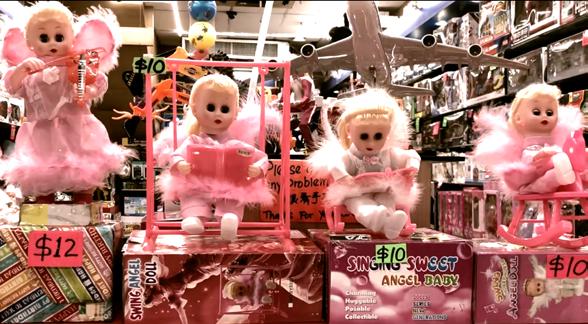
23Dipali Gupta
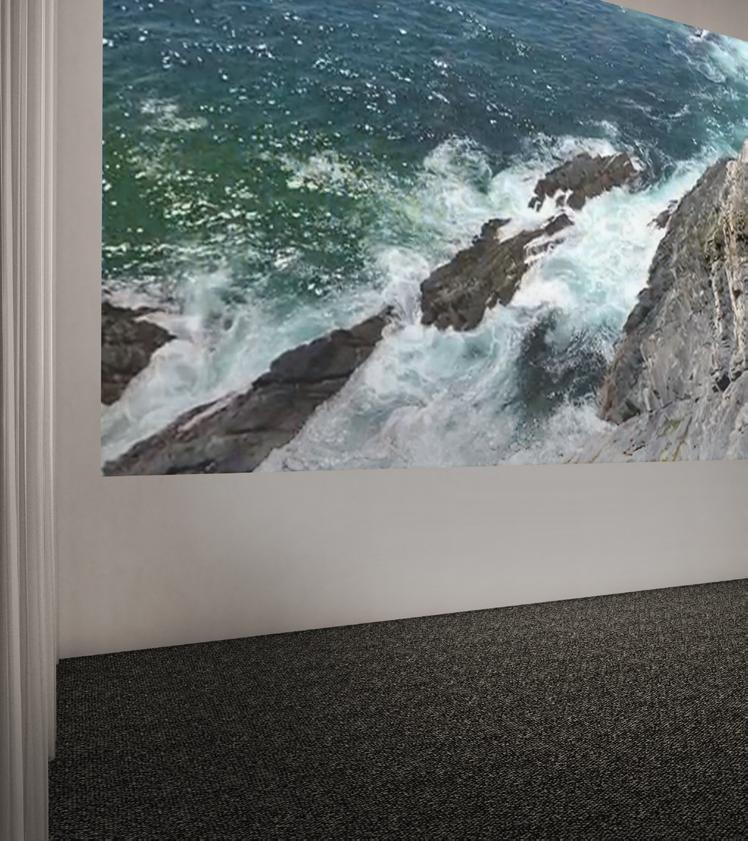
24
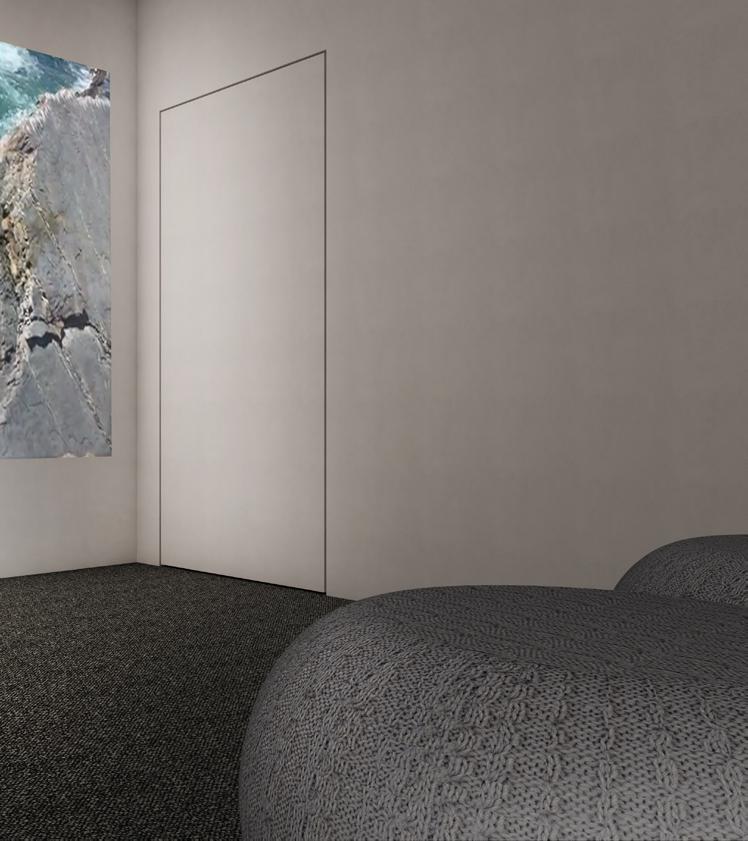
25Dipali Gupta
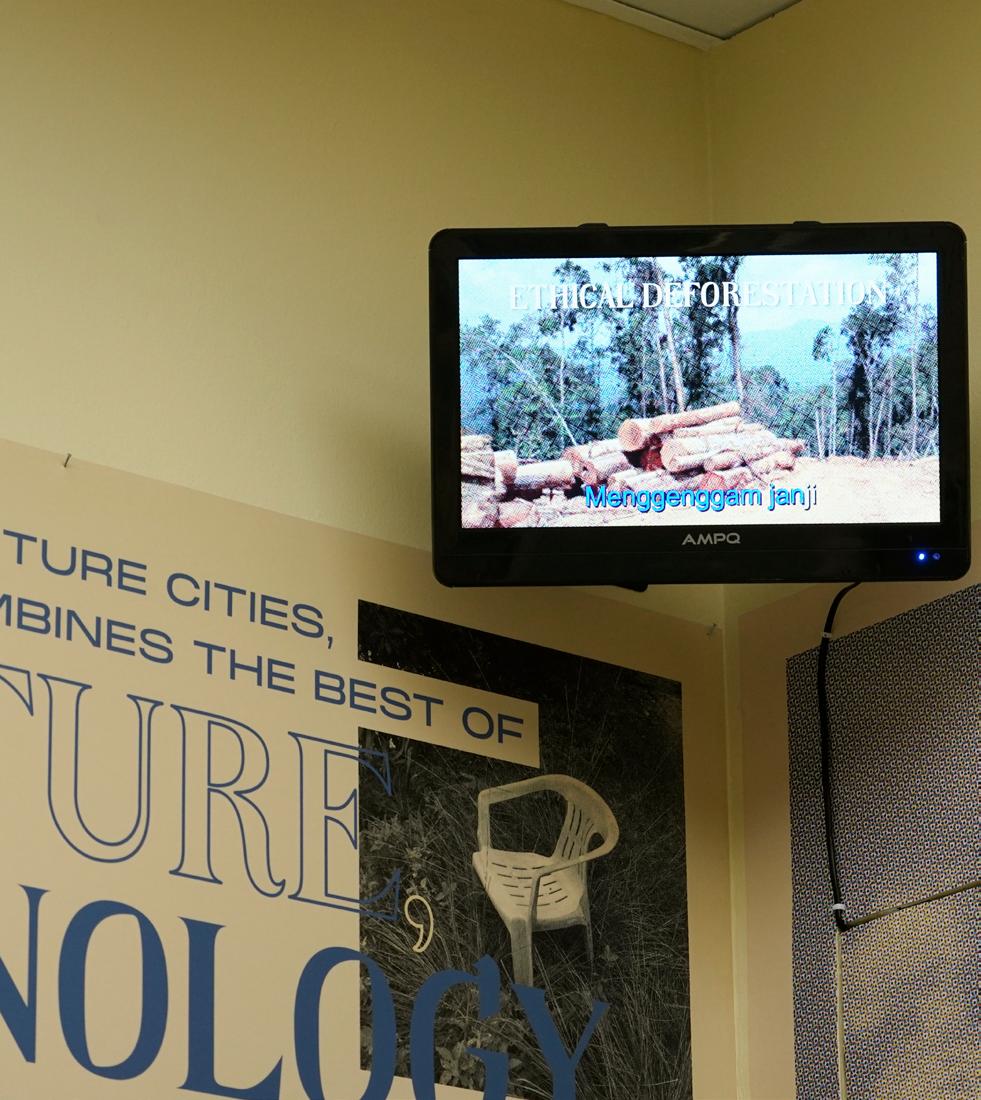
December 19, 2020 – January 23, 2021 IZAT ARIF 26

Kenangan itu, hanya mainan bagimu… 27
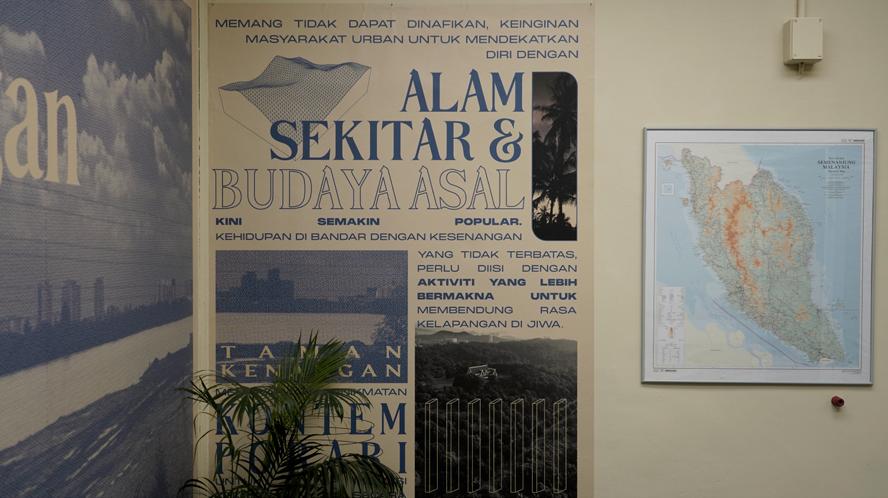
28
In Izat I found someone equally enthusiastic and obsessed to talk about all things real estate, a field I’d worked in briefly prior to my entry into the art world. For his exhibition, we recreated a showroom for a hypothetical township surrounding the mythical site of Gunung Ledang in Johor. Only recently has real estate become a widely held asset class. It was pushed forward by anxious state leaders after the Second World War in the hope of a more stable and governable populace. Real estate promises stability in times of uncertainty. Izat just got married and was expecting a child with his wife. He thought about the ideal place to settle down with his family. Meanwhile, my peripatetic life has made my yearning for a sense of home stronger.

29Izat Arif

30
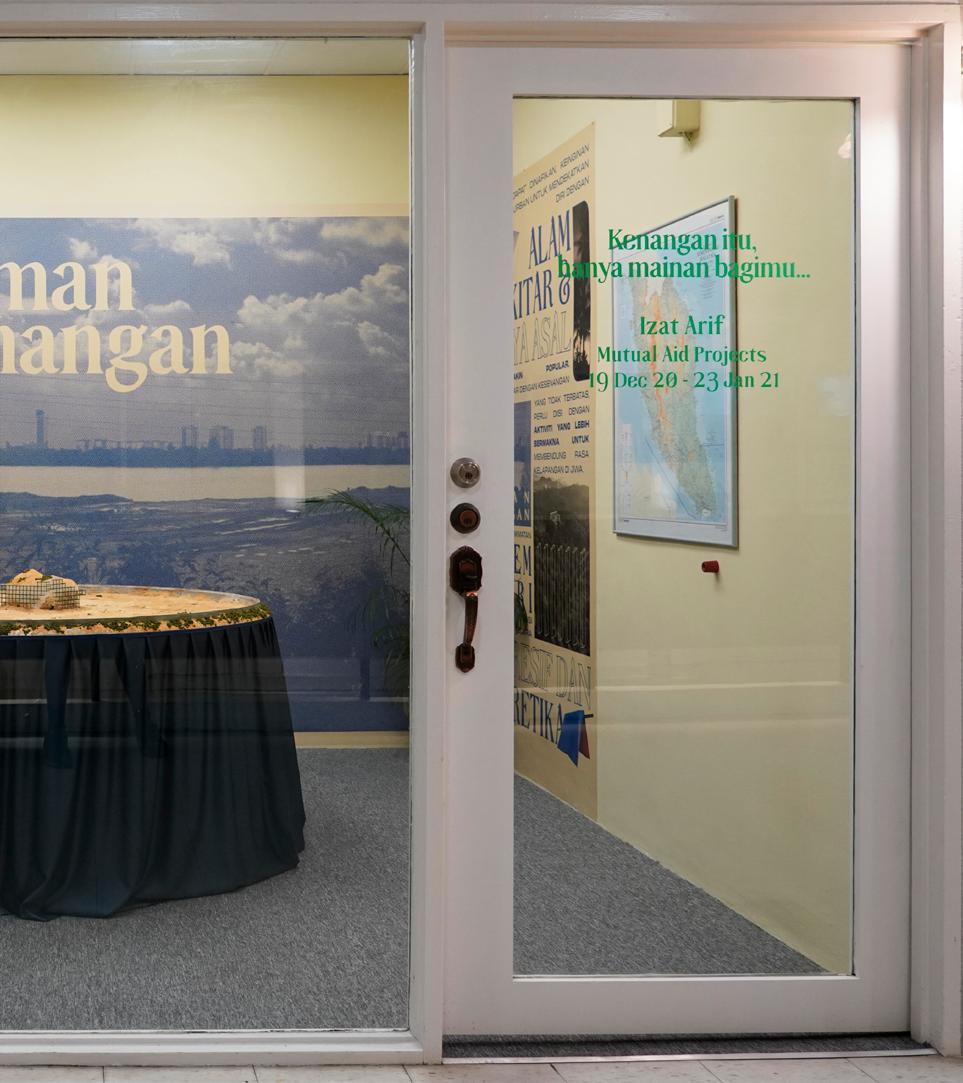
31Izat Arif
I was surprised by how well I got along with Izat. At the time of our collaboration, we barely knew each other. We had just met in person. It was easier to be the person I wanted to be (a good listener) with a stranger. We hung out at his studio and chatted for hours about our hopes for and frustrations with the local art scene. We went back and forth between wanting to leave and stay in the country.
It’s hard to single out what exactly made our collaboration so easy despite the complexity of his installation. We had help from Ryan, Izat’s studio assistant and an artist in his own right. Even so, Izat’s experience as an art handler certainly contributed to the success of the collaboration. After all, dealing with fanciful demands is a big part of an art handler’s job scope so he knew just how to fulfill his expectations for the show. Solely playing a discursive role, I was anxious about not doing enough. In times like these I wondered what exactly I was curating.
32

33Izat Arif
What’s Left

TAN ZI HAO March 12 – April 9, 2021
34
for Gathering
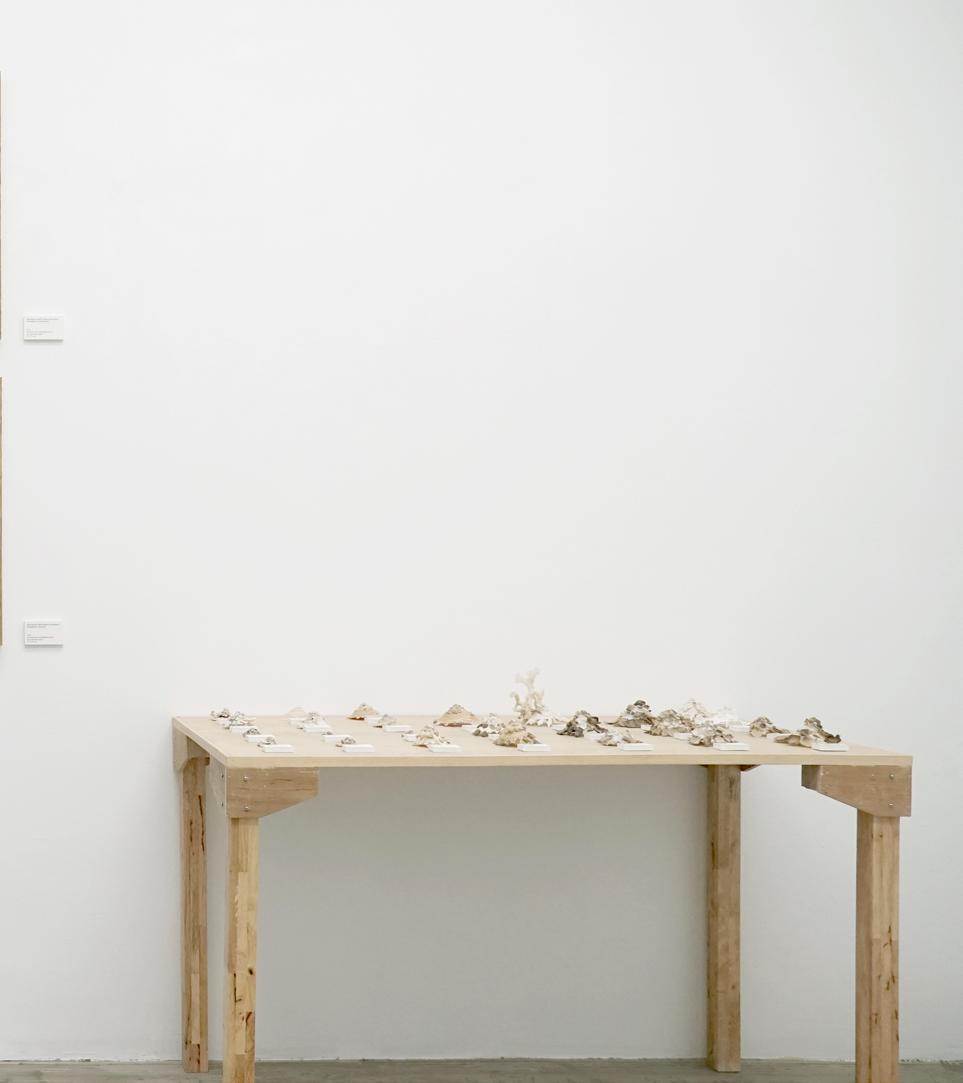
Left
35
Zi Hao’s art is cerebral, calculated, and methodical. Highly attuned and responsive to local sociopolitical issues, his works convey shrewd messages about the current state of political affairs. His show consisted of illustrations and photographs of stealthy creatures such as household casebearers and carrier shells that gather detritus for protection. Exploring the interstices between science, fiction, and critical theory, his works considered the politics of inclusion and exclusion that shape acts of hospitality.
I nudged Zi Hao to consider form and aesthetics as much as the message that his works ought to carry. For this show, he exhibited some of his most imaginative and ornate illustrations. This was a source of discomfort for him. His background in graphic design informed his need for effective communication through his works. During our collaboration we questioned the didactic role of art. I encouraged him to embrace formal and spatial experimentation. I was curious to see what we could do differently in this space.
I first met Zi Hao as a gallery intern at OUR ArtProjects. I was curious to work with him because he writes and speaks eloquently. He could have just as easily curated his own shows. I was keen to see what I could offer if we worked together. How could I contribute to the show when working with someone who had a clear idea of what he wanted?
36

37Tan Zi Hao
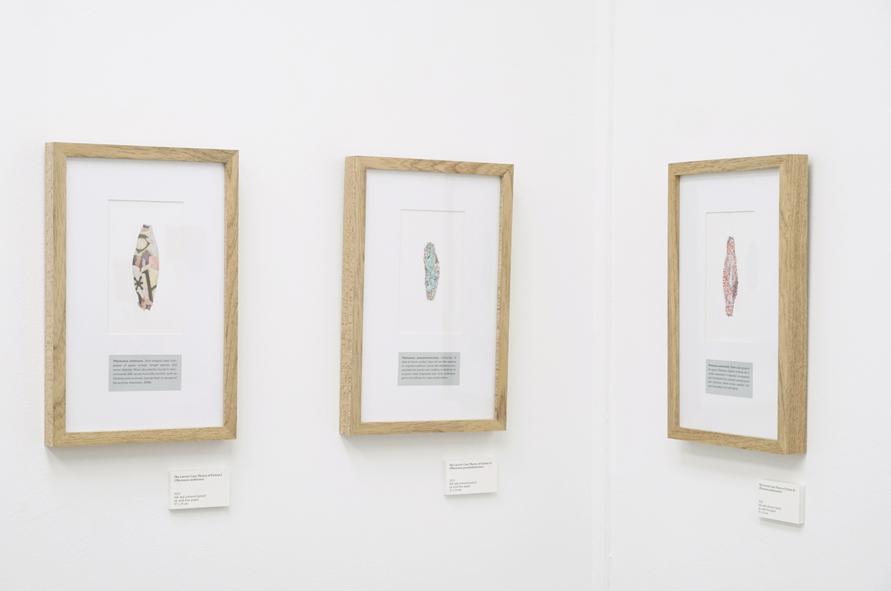
38

39Tan Zi Hao

40

41Tan Zi Hao
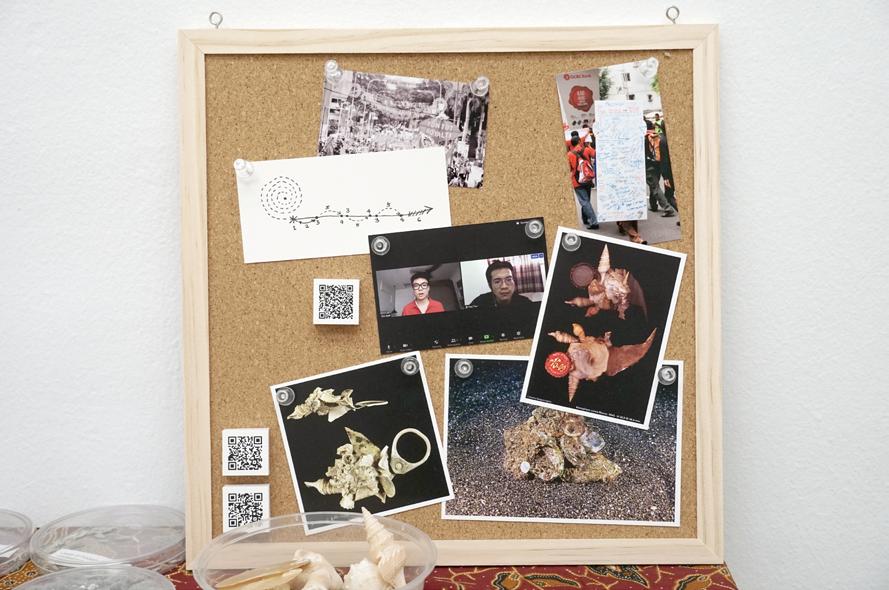
42
Zi Hao’s exhibition consisted of many components. I was determined to remove as many objects as possible to keep the conceptual underpinning of the show clear. Yet, I was cognizant of not wanting to push too far for fear of causing dissatisfaction on his end. We ended up, however, with a show that required a lot of explaining. Its narratives were so layered that I found myself constantly feeding the viewers visual, verbal, and conceptual cues to help them understand the works better.
The gallery is simply too small for the show not to be perceived in its entirety. The exhibition becomes a work on its own. In this case acting on my editorial prerogative as a curator seemed even more intrusive than usual. The more shows I curated the more I seemed to be confused about the value of my role.
43Tan Zi Hao
The World is Your
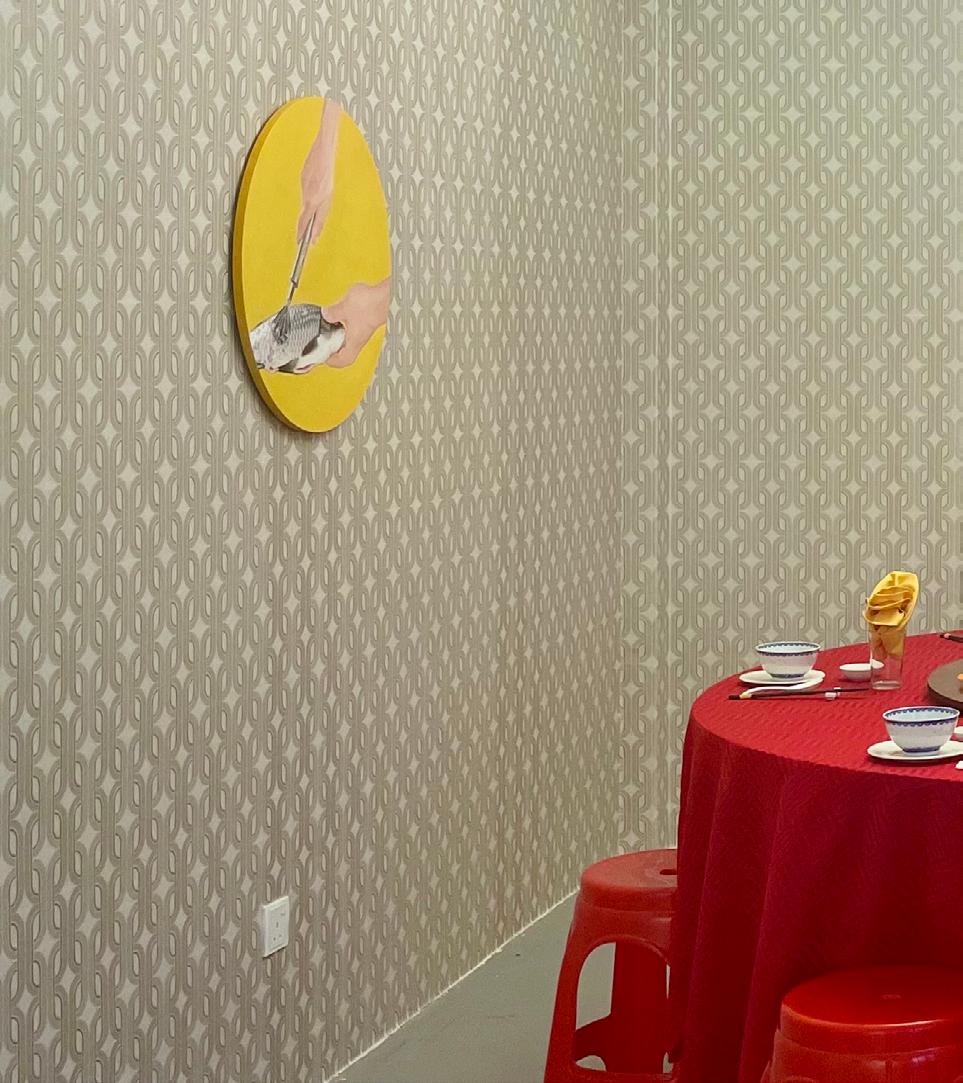
HOO FAN CHON 44
in collaboration with The Back Room KL
Your Restaurant
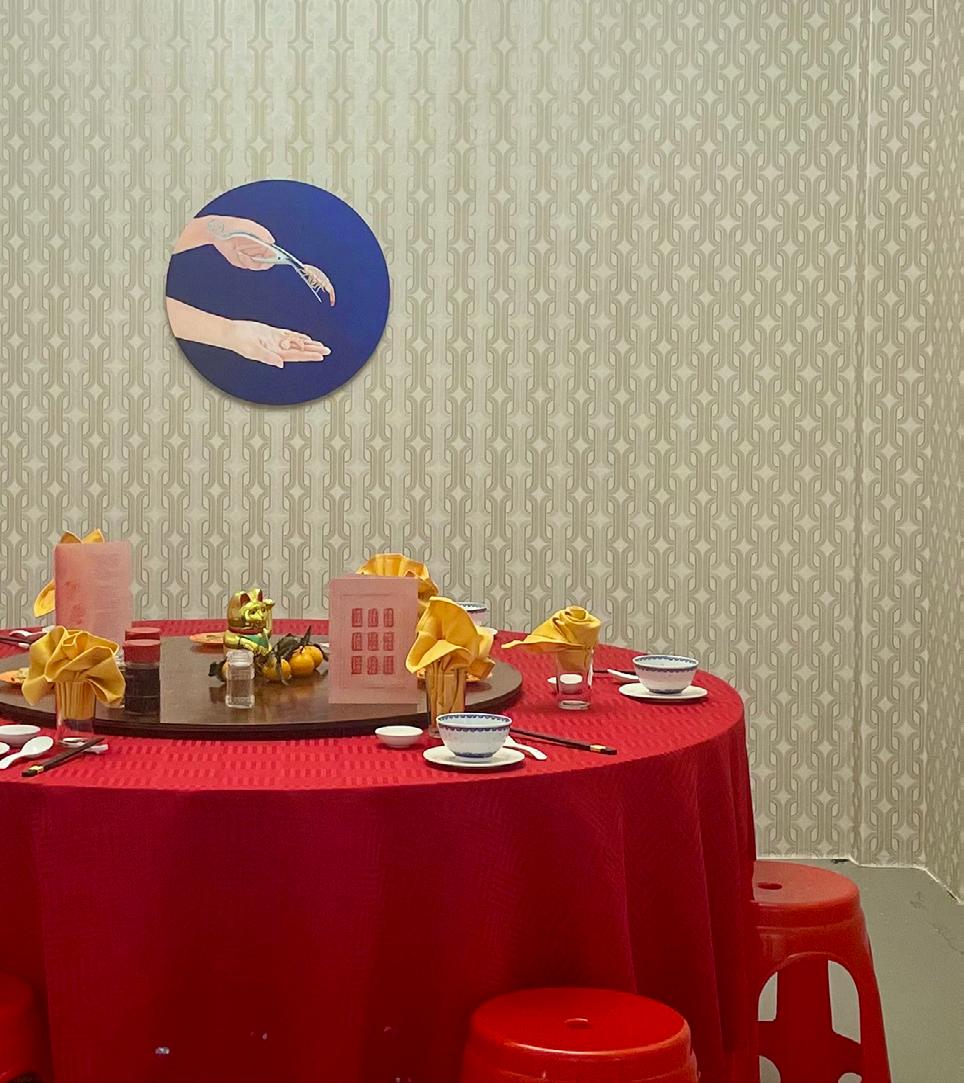
November 20 – December 12, 2021 Presented
45
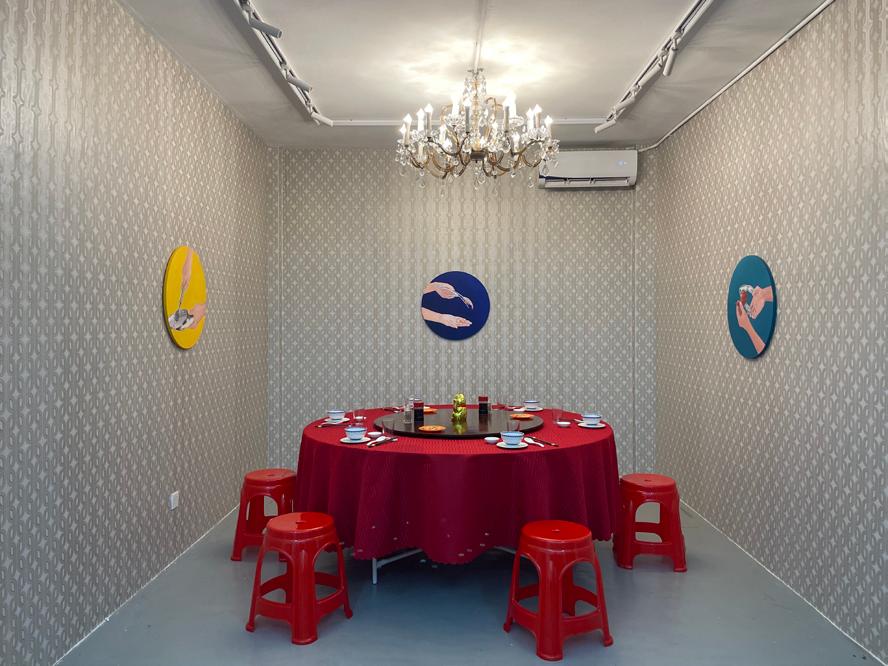
46
“We don’t have to stay friends if this doesn’t work out,” Fan Chon would remind me. True enough, the measure of success for the project was neither its social reach nor the longevity of our friendship. Instead, I was interested in the kinds of affective residue that stay with us after intensely talking and spending time with each other. We had the exhibition as a means to practice mutuality and reciprocity. In the real world, what can we utilize to achieve this end?
Perhaps, a feast might help. For Fan Chon’s exhibition, we created an installation inspired by a banquet. Fish is a recurring motif in his work, so I asked him: why fish? In his youth, his father would treat his family to lavish banquets in KL. Every aspect of a meal, from the restaurant’s decor to the plating of dishes, was imprinted on his mind. We recounted to each other the memorable feasts our younger selves had with our families at notable Chinese restaurants across the city. We thought about why something so simple as sharing a hearty meal with others can be so life-affirming. For his family, the ability to enjoy a sumptuous dinner was a sign that they’d made it. For mine, we stick through thick and thin by showing up at the dining table every evening.
47Hoo Fan Chon

48
I intended to end the year-long project with a dinner party with the invited artists. Unfortunately, a prolonged lockdown prevented the show from taking place before my return to New York. Instead, the exhibition was held at a different venue: The Back Room. The lease on my gallery had ended. In times of need, Liza, my first employer and acquaintance in the art world, offered her space to us. Between myself, Fan Chon, and Liza, we explored the possibility of organizing our final show at hers over dinner. Four years ago, I worked briefly at her former gallery, OUR ArtProjects, until she let me go when she and her partner would up their business. Yet, here we are, still friends.

49Hoo Fan Chon

50

51Hoo Fan Chon
BIOGRAPHIES
ERIC GOH is a writer, curator, and researcher. He studies modern and contemporary art of Southeast Asia with a focus on the interactions between art, financialization, urbanization, and ecological change. Keen on adopting interdisciplinary approaches such as ecocriticism and critical finance studies in his research, he is especially interested in methodological issues in art history. A PhD student in the department of History of Art and Visual Studies at Cornell University, he received his MA in the History of Art and Archaeology from the Institute of Fine Arts, New York University, where he researched geometric abstract and outlier art, and an MS in Real Estate Development from Columbia University. Eric also holds a BA in Economics from the University of Edinburgh. He has written for Artforum, Heichi Magazine, among other journals.
AREENA ANG (b. Kuala Lumpur) is a multidisciplinary artist based in London. Interested in the juncture of Malaysian sensibility with Western art history, Ang resists the dominion of style— instead favouring a range of registers. A graduate of the Slade School of Fine Art, they draw from their ‘internet upbringing’ as a form of adolescent identity formation in the Global South, such as Tumblr, American media, and sartorial subcultures. Through the language of cartoon and archival imagery, Ang’s compositions are recast into works of autofiction: paintings as diary pages, films as family home videos, installations as palimpsests of the past.
DIPALI GUPTA’s art practice is an exploration of societal constructs from the domain of the feminine. Influenced by Foucauldian biopolitics, religious habituations, socio-political constructs, and their psychosomatic effects, her work has been exhibited in Singapore, Hong Kong, Kuala Lumpur. She has participated in expositions and symposiums in Portugal, London, Miami, Paris, and New Delhi. A graduate from LASALLE College of the Arts, Singapore, and Goldsmith’s University, London, Dipali was nominated for the Young Master’s Art Prize 2019 and The Wells Art Contemporary Award 2020, London. She was selected for the Drawing Research Residency 2020 by L’AIR Arts, Paris, and co-moderates the reading group “Constructing the Body” for Malaysia Design Archive. Her recent projects include the ILHAM Art Show 2022, Singapore Art Week 2021, and NAFAS, Maybank Emerging Women Artists of 2021. She currently lives in Kuala Lumpur.
IZAT ARIF (b.1986, Kuala Lumpur, Malaysia) combines videos, drawings, and readymade objects into intricately layered installations. His work often conveys an ironic commentary on everyday life and the art ecosystem of Kuala Lumpur. He has participated in several group exhibitions including A History of Drawing, Camberwell College of Arts, London, 2018; Young Malaysian Artist: New Object(ion) II, Galeri Petronas, and The Young Contemporaries, National Visual Arts Gallery, Kuala Lumpur, 2013; and most recently Domestic Bliss, ILHAM Gallery, Kuala Lumpur, 2019.
52
TAN ZI HAO (b. 1989, Kuala Lumpur) is an artist, writer, and researcher. His idea has taken shape across a diverse range of works involving soil ecology, language politics, interpretive etymology, mythical chimeras, and organic assemblages from carrier shells (the Xenophoridae family) to household casebearers (Phereoeca spp). Most of his artworks are conceived with an ideological intention to challenge essentialism by privileging the assemblage. His recent exhibitions include Kathmandu Triennale 2077, Kathmandu, 2022; A Short History of Instant Noodles, A+ Works of Art, Kuala Lumpur, 2022; Phantasmapolis: 2021 Asian Art Biennial, National Taiwan Museum of Fine Arts, Taichung, 2021; Crypto for Cryptids, JWD Art Space, Bangkok, 2021; What's Left for Gathering, Mutual Aid Projects, Kuala Lumpur, 2021. Tan has recently completed his Ph.D. in Southeast Asian Studies at the National University of Singapore, undertaking fieldwork research on animal imagery in the Islamic art of Cirebon, West Java. He also holds an MA degree in International Relations and a BA degree in International Communications Studies from the University of Nottingham Malaysia Campus. He is currently teaching research and theory at the Faculty of Cinematic Arts, Multimedia University.
HOO FAN CHON is a visual art practitioner who explores the social and cultural construction of taste and how our value systems fluctuate as we migrate from one culture to another. He graduated with a BA in Photography at the London College of Communication, University of the Arts London, in 2010. He was the co-founder of the art collective Run Amok (2012-2017). He participated in the 3rd edition of the Makassar Biennale in 2019. He co-curated Bayangnya itu Timbul Tenggelam - Photographic Cultures in Malaysia at ILHAM Gallery, Kuala Lumpur, in 2020. His recent solo exhibitions include Biro Kaji Visual George Town, Penang, 2019, and The World is Your Restaurant, Kuala Lumpur, 2021. He was selected for the inaugural SEA AiR 2022, an artist residency programme organised by the NTU Centre for Contemporary Art Singapore and funded by the European Union, in which he spent 3 months in Helsinki.
53











































